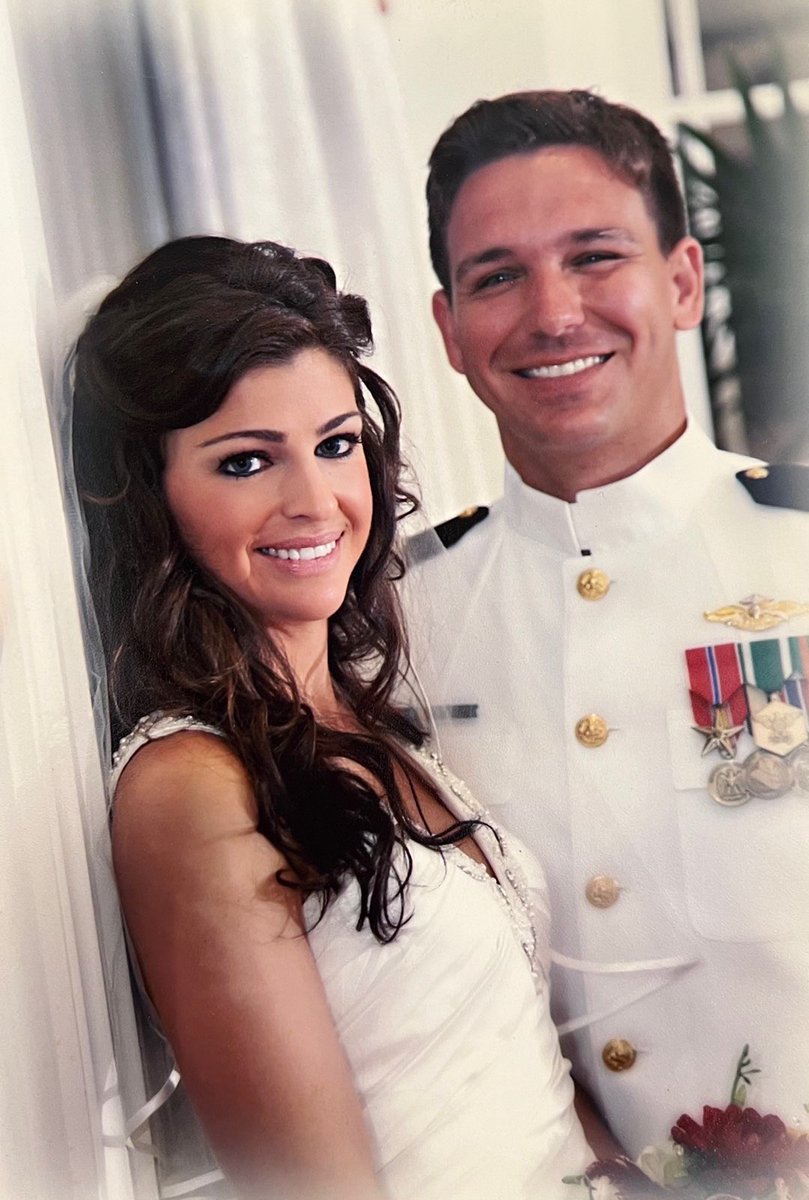^^^
I know, lame, right? Because
how could any recitation of the list of the ways that republicans have been trying to divide Americans, especially along racial lines for greater than a half a century, be considered complete without mentioning Goldwater and Nixon's "Southern Strategy", and/or Reagan traveling to the Neshoba County, Mississippi Fair for his first speech of the general election after winning the 1980 republican nomination for president?
Weak, huh?
Let’s set the record straight on Ronald Reagan’s campaign kickoff in 1980.
Early one morning in the late spring of 1964, Dr. Carolyn Goodman, her husband, Robert, and their 17-year-old son, David, said goodbye to David’s brother, Andrew, who was 20.
They hugged in the family’s apartment on the Upper West Side of Manhattan, and Andrew left. He was on his way to the racial hell of Mississippi to join in the effort to encourage local blacks to register and vote.
It was a dangerous mission, and Andrew’s parents were reluctant to let him go. But the family had always believed strongly in equal rights and the benefits of social activism. “I didn’t have the right,” Dr. Goodman would tell me many years later, “to tell him not to go.”
After a brief stopover in Ohio, Andrew traveled to the town of Philadelphia in Neshoba County, Mississippi, a vicious white-supremacist stronghold. Just days earlier, members of the Ku Klux Klan had firebombed a black church in the county and had beaten terrified worshipers.
Andrew would not survive very long. On June 21, one day after his arrival, he and fellow activists Michael Schwerner and James Chaney disappeared. Their bodies wouldn’t be found until August. All had been murdered, shot to death by whites enraged at the very idea of people trying to secure the rights of African-Americans.
The murders were among the most notorious in American history. They constituted Neshoba County’s primary claim to fame when Reagan won the Republican Party’s nomination for president in 1980. The case was still a festering sore at that time. Some of the conspirators were still being protected by the local community. And white supremacy was still the order of the day.
That was the atmosphere and that was the place that Reagan chose as the first stop in his general election campaign. The campaign debuted at the Neshoba County Fair in front of a white and, at times, raucous crowd of perhaps 10,000, chanting: “We want Reagan! We want Reagan!”
Reagan was the first presidential candidate ever to appear at the fair, and he knew exactly what he was doing when he told that crowd, “I believe in states’ rights.”
Reagan apologists have every right to be ashamed of that appearance by their hero, but they have no right to change the meaning of it, which was unmistakable. Commentators have been trying of late to put this appearance by Reagan into a racially benign context.
That won’t wash. Reagan may have been blessed with a Hollywood smile and an avuncular delivery, but he was elbow deep in the same old race-baiting Southern strategy of Goldwater and Nixon.
Everybody watching the 1980 campaign knew what Reagan was signaling at the fair. Whites and blacks, Democrats and Republicans — they all knew. The news media knew. The race haters and the people appalled by racial hatred knew. And Reagan knew.
He was tapping out the code. It was understood that when politicians started chirping about “states’ rights” to white people in places like Neshoba County they were saying that when it comes down to you and the blacks, we’re with you.
And Reagan meant it. He was opposed to the landmark Civil Rights Act of 1964, which was the same year that Goodman, Schwerner and Chaney were slaughtered. As president, he actually tried to weaken the Voting Rights Act of 1965. He opposed a national holiday for the Rev. Dr. Martin Luther King Jr. He tried to get rid of the federal ban on tax exemptions for private schools that practiced racial discrimination. And in 1988, he vetoed a bill to expand the reach of federal civil rights legislation.
Congress overrode the veto.
Reagan also vetoed the imposition of sanctions on the apartheid regime in South Africa. Congress overrode that veto, too.
Throughout his career, Reagan was wrong, insensitive and mean-spirited on civil rights and other issues important to black people. There is no way for the scribes of today to clean up that dismal record.
To see Reagan’s appearance at the Neshoba County Fair in its proper context, it has to be placed between the murders of the civil rights workers that preceded it and the acknowledgment by the Republican strategist Lee Atwater that the use of code words like “states’ rights” in place of blatantly bigoted rhetoric was crucial to the success of the G.O.P.’s Southern strategy. That acknowledgment came in the very first year of the Reagan presidency.
Ronald Reagan was an absolute master at the use of symbolism. It was one of the primary keys to his political success.
The suggestion that the Gipper didn’t know exactly what message he was telegraphing in Neshoba County in 1980 is woefully wrong-headed. Wishful thinking would be the kindest way to characterize it.
